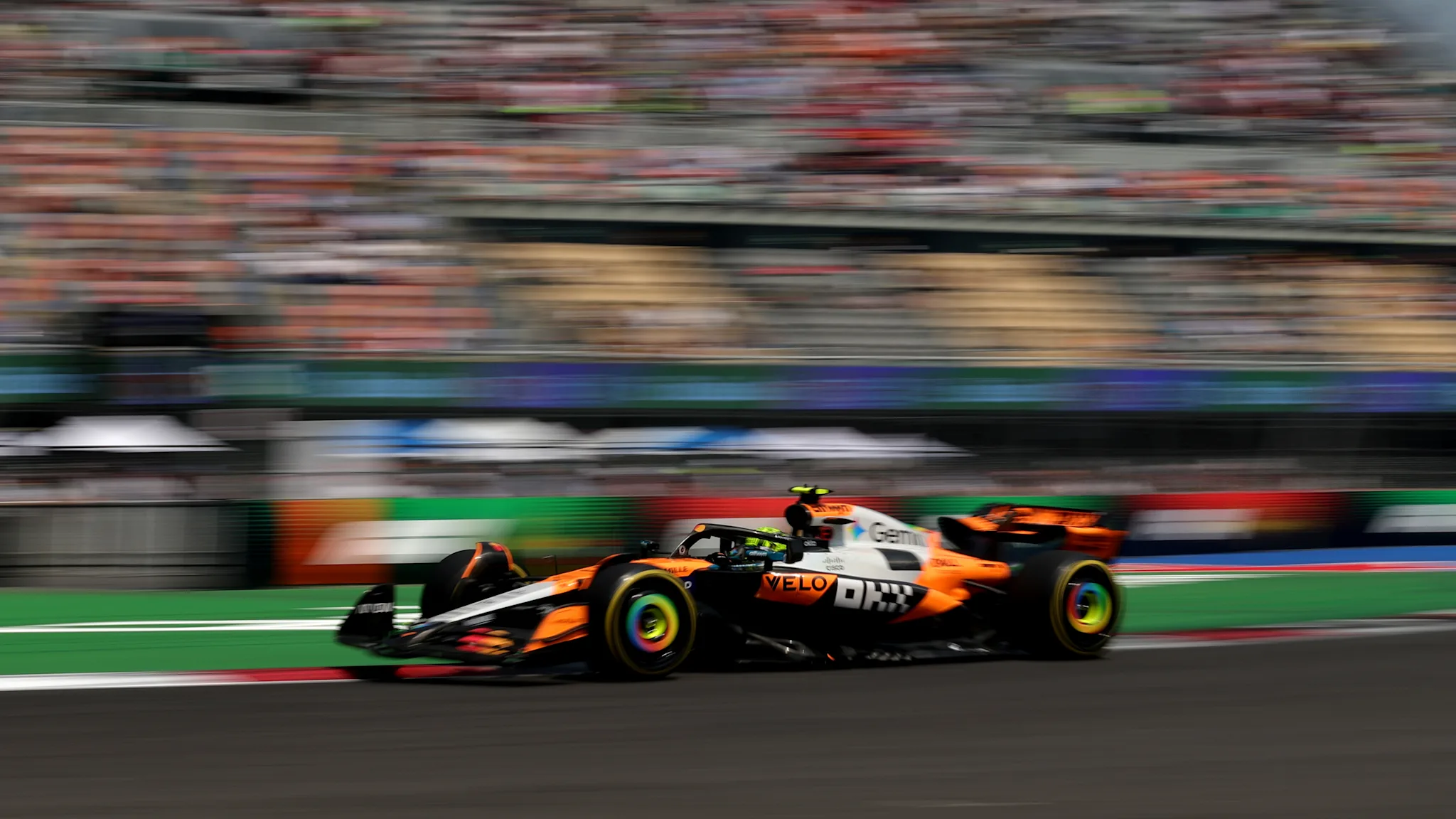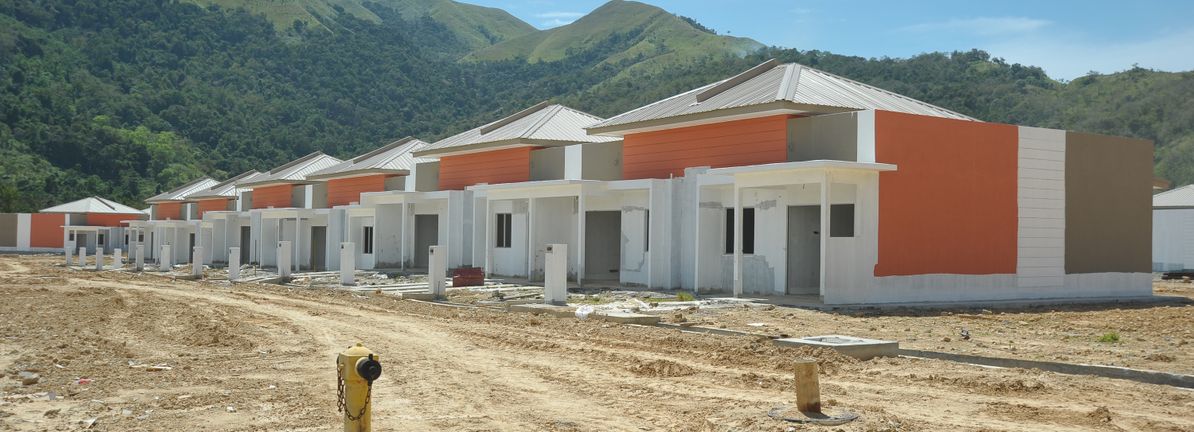Unlock the Editor’s Digest for free
Roula Khalaf, Editor of the FT, selects her favourite stories in this weekly newsletter.
When Creedence Clearwater Revival…

Unlock the Editor’s Digest for free
Roula Khalaf, Editor of the FT, selects her favourite stories in this weekly newsletter.
When Creedence Clearwater Revival…

A bolide is a term used to describe an exceptionally bright meteor, often one that explodes in the atmosphere. These fireballs undergo a catastrophic breakup or detonate before reaching the ground. This explosion, or “airburst,” can produce a…

Wuju Opera is finding new and young audiences through global tours and innovative use of technologies.
In Jinhua,…

Researchers at Trinity College Dublin have uncovered what they call a “universal thermal performance curve” (UTPC), a pattern that appears to apply to every living species on Earth. This curve describes how organisms respond to changes in…

ATLANTA — No double overtime, not many tense moments or subsequent buckets of sweat, and no problem against a Hawks’ team missing three starters. That summarized the night for the defending champions.
By comparison to its first two games of…
BEIJING, Oct. 26 (Xinhua) — China’s cumulative installed power generation capacity had reached 3.72 billion kilowatts by the end of September 2025, marking a year-on-year increase of 17.5 percent, official data showed on Sunday.
Solar power generation capacity amounted to 1.13 billion kilowatts by the end of last month, surging 45.7 percent compared to the same period last year, according to the National Energy Administration (NEA).
Wind power generation capacity reached nearly 582 million kilowatts by the end of September, rising 21.3 percent year on year, the NEA data revealed.
In the first nine months of 2025, China’s major power generation companies invested 598.7 billion yuan (about 84.4 billion U.S. dollars) in power generation projects, up 0.6 percent year on year.
During the same period, investments in power grid projects totaled 437.8 billion yuan — an increase of 9.9 percent year on year, the NEA data showed. ■

Harshvardhan Rane is enjoying a good run at the box office after years of struggle in Bollywood. The actor saw a revival of his cult classic Sanam Teri Kasam, which finally became a box office hit upon re-release earlier this year. Now, his…

Lando Norris took his fifth pole position of the season, securing his place at the front of the grid for the Mexico City Grand Prix courtesy of a stunning effort.
Norris looked the man to beat across Saturday, and stormed to pole position with…

Lai Sun Development (SEHK:488) remains firmly in the red, with net losses having widened at a rate of 4.2% annually over the last five years. Throughout this period, there has been no improvement in net profit margins, and continued losses mean earnings growth cannot be meaningfully compared to historical averages. With little evidence of a turnaround and insufficient data for forward-looking revenue or earnings forecasts, the company’s ongoing unprofitability signals persistent headwinds for shareholders.
See our full analysis for Lai Sun Development.
Next, we are comparing these latest numbers against the most widely followed narratives in the market to see whether the story around Lai Sun Development holds up or is challenged by the data.
Curious how numbers become stories that shape markets? Explore Community Narratives
Net profit margins have remained unchanged over the past year, continuing a multi-year trend where losses persist with no sign of a turnaround.
According to prevailing market view, the lack of margin improvement highlights just how tough the operating environment remains.
Any hopes that better margins might signal the start of a recovery are dashed by the ongoing loss rate, which increased at 4.2% per year over the last five years.
Despite asset diversification, the company’s persistent inability to improve profitability directly challenges arguments that sector resilience alone can support a rebound.
Lai Sun Development trades at a price-to-sales ratio of 0.2x, far below the Hong Kong Real Estate industry average of 0.7x and the peer average of 5.6x.
The prevailing market view recognizes this deep discount signals that investors may have already priced in ongoing losses and sector headwinds.
While some argue this low multiple could present value appeal, the valuation gap primarily reflects continued financial and operating strains.
Recent sector softness and the company’s unprofitability suggest that “cheapness” alone is not enough to attract momentum buyers or trigger a sustained re-rating.
Earnings growth is currently not measurable against historical averages due to ongoing unprofitability, and there is insufficient data to forecast revenue or profit acceleration.
The prevailing market view emphasizes that without clear signs of a turnaround, potential catalysts like policy changes or sector rebound remain theoretical.
Persistent net losses and lack of evidence for profit acceleration keep expectations anchored low for the near future.
Sector context points out that even modest recovery hopes hinge on either macroeconomic shifts or unexpected improvement in operational efficiency. Neither of these appear imminent in the current figures.